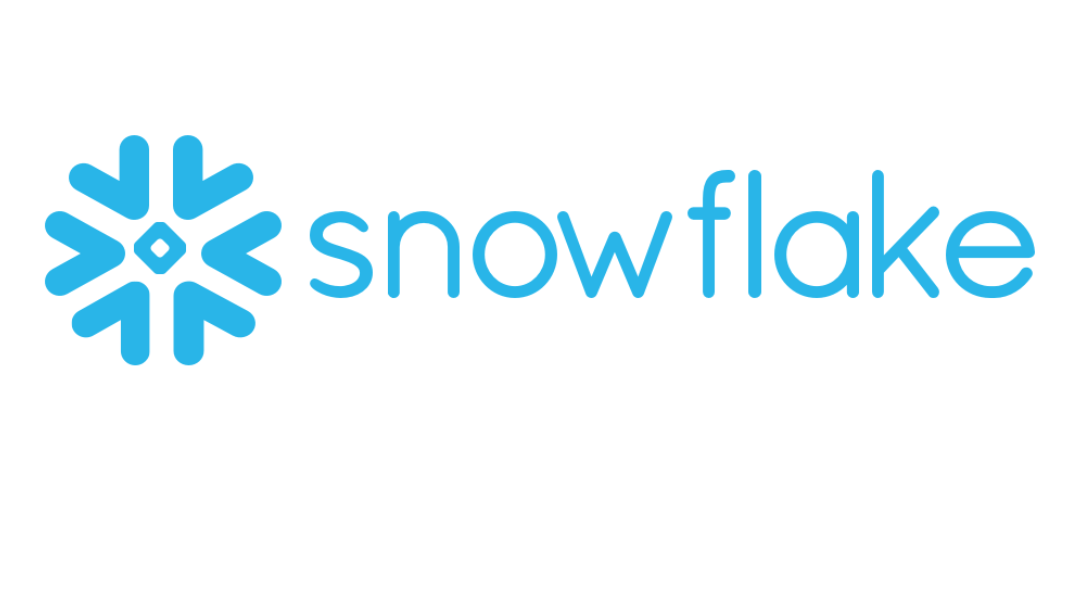Introduction
Snowflake, a cloud-based data warehousing solution, has transformed the way organizations manage and analyze their data. Unlike traditional data warehouses, Snowflake offers a unique architecture that separates storage and compute, allowing for unparalleled scalability and performance. As businesses increasingly rely on data-driven decision-making, maximizing the benefits of Snowflake can lead to significant competitive advantages. In this article, we’ll explore a range of tips and best practices to help you harness the full potential of Snowflake, ensuring you get the most out of this powerful platform.
Understanding Snowflake’s Architecture
To make the most of Snowflake, it’s crucial to understand its unique architecture. Snowflake consists of three layers: storage, compute (virtual warehouses), and cloud services. This separation allows for independent scaling of storage and compute resources, which can be tailored to meet the specific needs of your workload.
-
Storage Layer: Snowflake automatically manages all aspects of data storage, including organization, compression, and protection. This layer is designed to handle massive amounts of data, providing high availability and durability.
-
Compute Layer: Virtual warehouses are clusters of computing resources that execute queries. They can be scaled up or down on demand, enabling you to optimize performance and cost based on your current needs.
-
Cloud Services Layer: This layer includes services that manage the overall operation of the system, such as authentication, metadata management, and query optimization.
By leveraging this architecture, you can ensure your data warehouse operates efficiently and cost-effectively.
Optimizing Performance
1. Right-Sizing Your Virtual Warehouses
One of Snowflake’s key features is the ability to scale compute resources up and down. However, this flexibility comes with the responsibility of choosing the right size for your virtual warehouses. Here are some tips:
- Start Small and Scale Up: Begin with a smaller virtual warehouse size and monitor performance. If you notice queries are taking too long, you can increase the size of the warehouse. This approach prevents over-provisioning and helps manage costs.
- Use Auto-Scaling: Enable auto-scaling to dynamically adjust the number of nodes in your virtual warehouse based on the workload. This ensures optimal performance during peak times without manual intervention.
2. Optimizing Query Performance
Efficient query execution is critical for performance. Here are some strategies to optimize your queries:
- Clustering Keys: Use clustering keys to define the order in which rows are stored. This can significantly improve the performance of range queries and reduce the amount of data scanned.
- Query Pruning: Snowflake’s micro-partitioning automatically optimizes how data is stored. However, writing queries that allow for effective pruning (filtering out unnecessary data) can further enhance performance.
- Materialized Views: Create materialized views for frequently accessed query results. This can reduce the time required to retrieve data by precomputing and storing the results.
3. Managing Data Loading
Efficient data loading practices can also impact performance:
- Bulk Loading: Use bulk loading methods like the
COPY INTOcommand to load large datasets. This approach is more efficient than loading data row by row. - Data Staging: Stage data files in a cloud storage service (like Amazon S3) before loading them into Snowflake. This allows Snowflake to efficiently ingest the data in parallel.
Cost Management
1. Monitoring and Controlling Costs
Snowflake’s pay-as-you-go model requires careful cost management. Here are some tips:
- Resource Monitors: Set up resource monitors to track and limit your usage. You can define thresholds for virtual warehouses, and Snowflake will alert you or suspend the warehouse when limits are reached.
- Query Profiling: Use the query profiler to understand the cost of individual queries. This tool provides insights into how much data is scanned and the time taken, helping you identify expensive queries.
2. Using the Right Storage Options
Snowflake charges for both storage and compute resources. Optimize your storage costs by:
- Data Retention Policies: Adjust data retention settings based on your needs. For example, keep historical data in cheaper storage options and only retain recent data in premium storage.
- Compression: Snowflake automatically compresses data, but understanding how different data types are compressed can help you make informed decisions about your storage strategy.
Enhancing Security and Compliance
1. Data Encryption
Snowflake encrypts all data by default, but you can enhance security by:
- End-to-end Encryption: Implement end-to-end encryption for data in transit and at rest. This ensures that data is protected throughout its lifecycle.
- Customer-Managed Keys: Use customer-managed keys for encryption if you require more control over your data’s security.
2. Access Control
Managing access to your data warehouse is crucial for security and compliance:
- Role-Based Access Control (RBAC): Implement RBAC to manage permissions. Define roles based on the principle of least privilege, ensuring users have only the access they need.
- Multi-Factor Authentication (MFA): Enable MFA to add an extra layer of security to your Snowflake account. This reduces the risk of unauthorized access.
3. Auditing and Compliance
Snowflake provides robust auditing capabilities to help meet compliance requirements:
- Query History: Use the query history feature to track who accessed data and what actions they performed. This is essential for compliance audits and forensic investigations.
- Access Logs: Enable access logging to monitor who is accessing your Snowflake environment. This helps detect and respond to potential security incidents.
Leveraging Advanced Features
1. Time Travel
Snowflake’s Time Travel feature allows you to access historical data for a specified period. This can be useful for:
- Accidental Data Deletion: Recover data that was accidentally deleted or modified.
- Historical Analysis: Perform analysis of historical data without having to maintain separate backups.
2. Data Sharing
Snowflake’s Secure Data Sharing enables you to share data across different Snowflake accounts without copying data:
- Real-Time Collaboration: Share live data with partners, vendors, or customers, ensuring everyone has access to the most up-to-date information.
- Cost Efficiency: Reduce storage costs by avoiding data duplication.
3. Integrating with BI Tools
Snowflake seamlessly integrates with various business intelligence (BI) tools:
- Native Connectors: Use native connectors to connect Snowflake with popular BI tools like Tableau, Power BI, and Looker. This allows you to create interactive dashboards and reports.
- Custom Integrations: Leverage Snowflake’s API and connectors to build custom integrations with your existing analytics stack.
Conclusion
Maximizing the potential of Snowflake involves a combination of understanding its architecture, optimizing performance, managing costs, enhancing security, and leveraging advanced features. By following these tips, you can ensure that your Snowflake environment is efficient, secure, and cost-effective. As you continue to explore and utilize Snowflake’s capabilities, you’ll be well-equipped to drive your organization’s data strategy forward, unlocking new insights and opportunities along the way.
[Contact Information]
Aimore Technologies,
Email: [email protected]
Phone: +91-9159333334
Gmail: [email protected]
Website: Snowflake Training in Chennai





